Post-War Paris through the eyes of photojournalist Paul Almasy
- Published
One of the great chroniclers of 1950s and 1960s Paris, Paul Almasy, born in 1906, took about 120,000 black-and-white photos before he died at the age of 97.
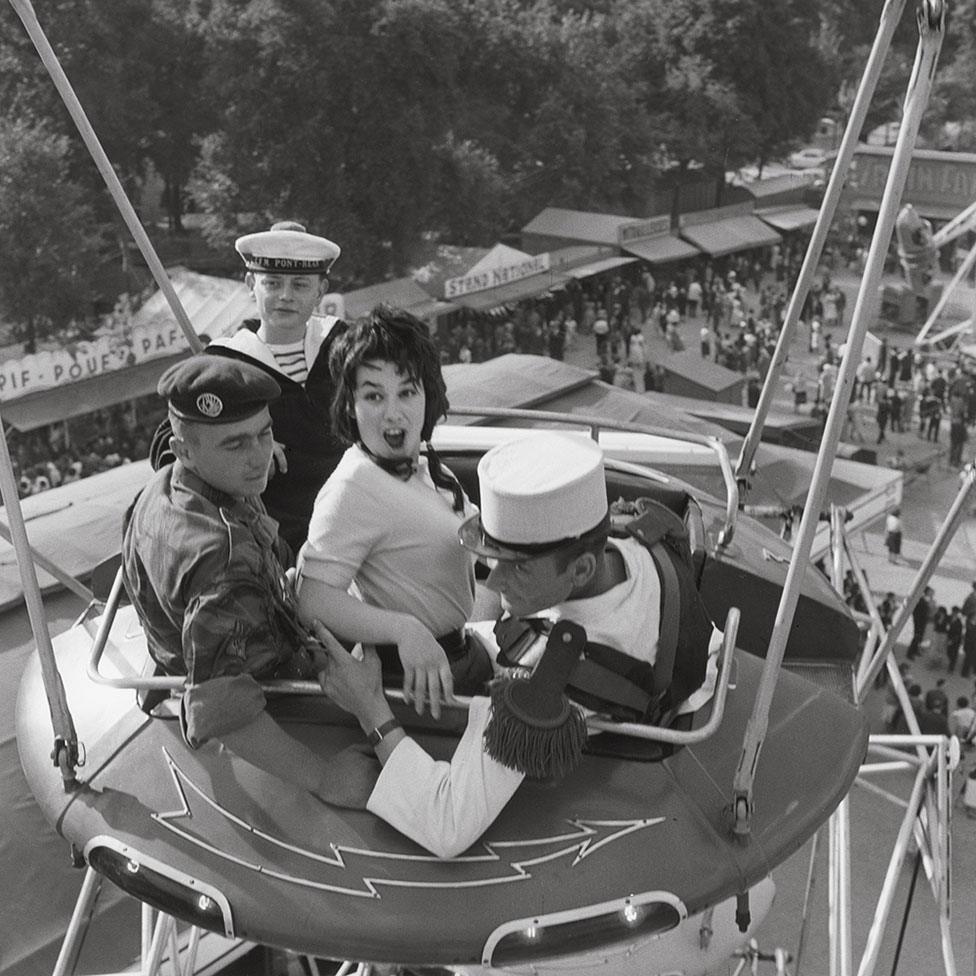
Fairground, circa 1960

Almasy, from Hungary, studied political science in Austria and Germany.
During World War Two, as a Swiss press correspondent based in Monaco, he reported from Germany, Belgium, the Netherlands and France, describing Paris as a city of "past, present, and future".
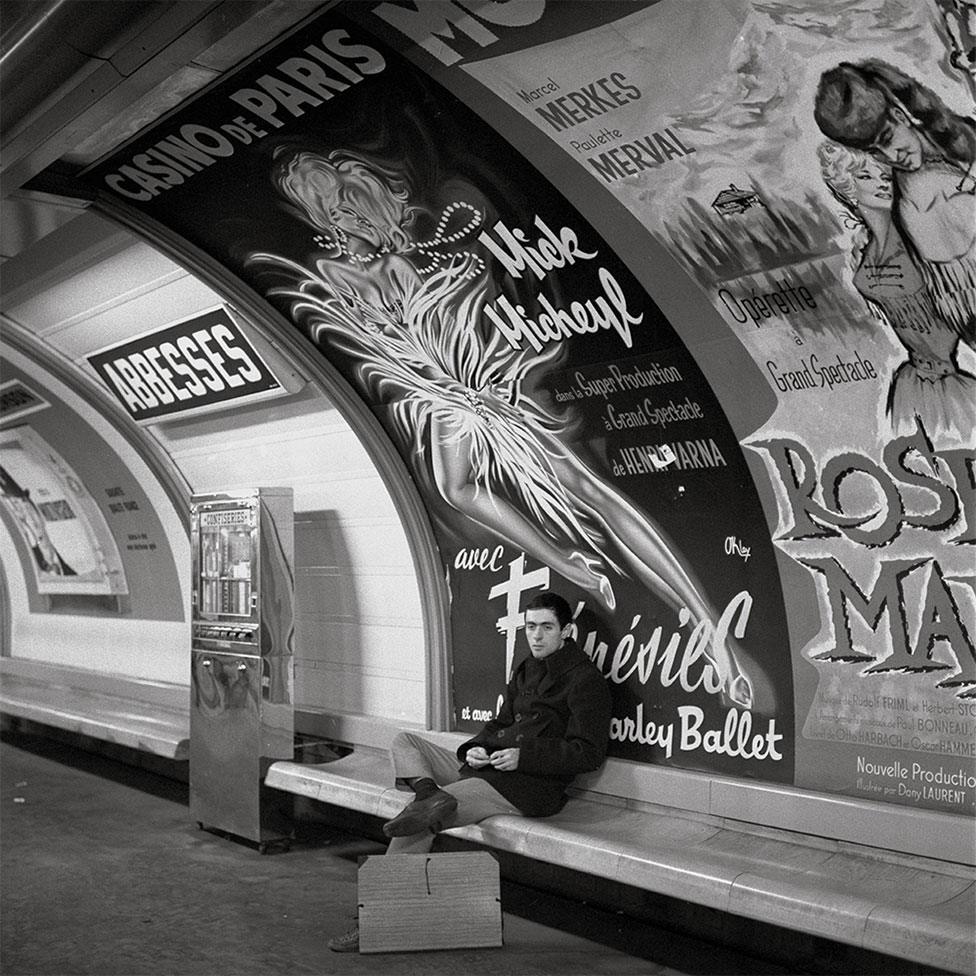
Passenger in the metro station Abbesses, circa 1965

Almasy adopted Paris as his home after the capital's liberation in 1945 and became a French citizen in 1956, following the failed uprising against the Soviet-backed Hungarian government.
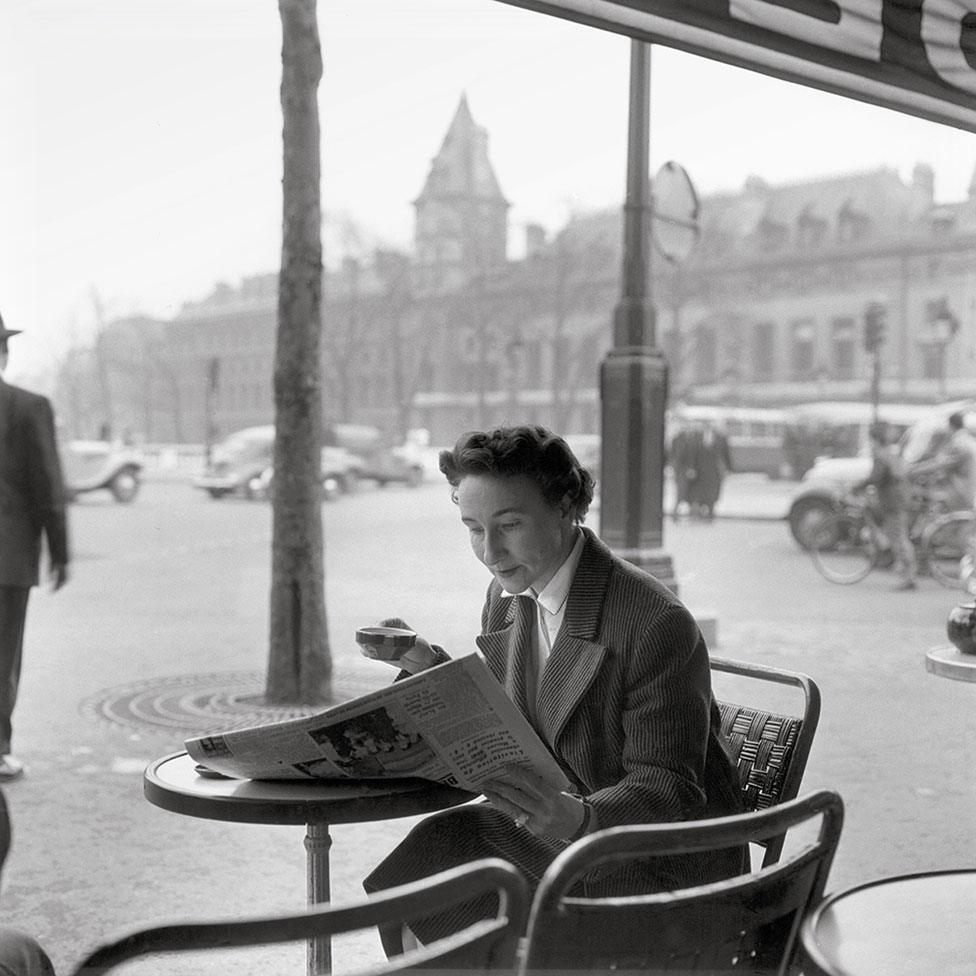
Woman in a street cafe, place Saint-Michel, circa 1956

He used a Leica and, later, a Rollei twin-lens reflex camera.
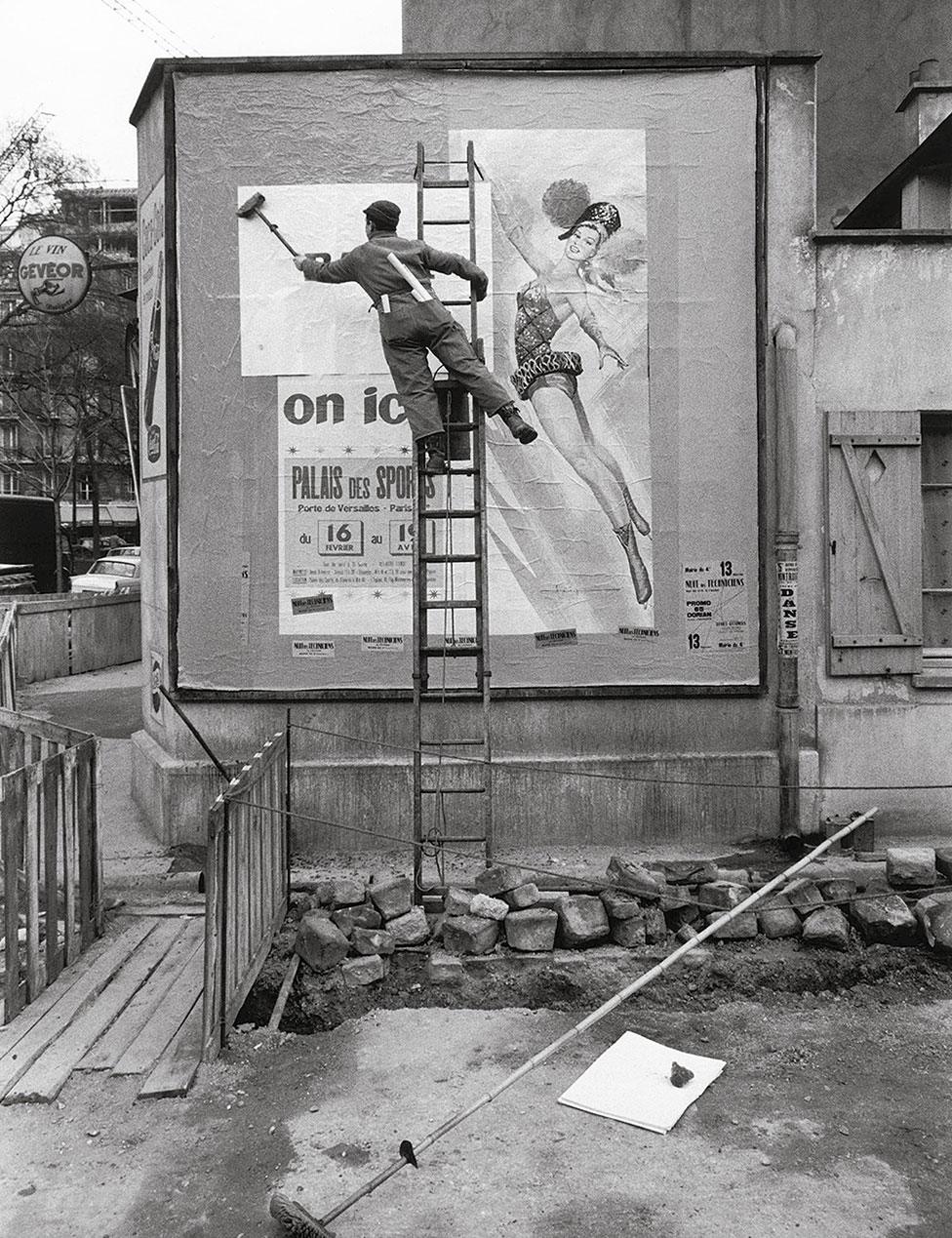
Bill sticker, 1950s

Post-War Paris was a place of developing culture and thought in areas such as literature, philosophy, fashion and New Wave cinema.
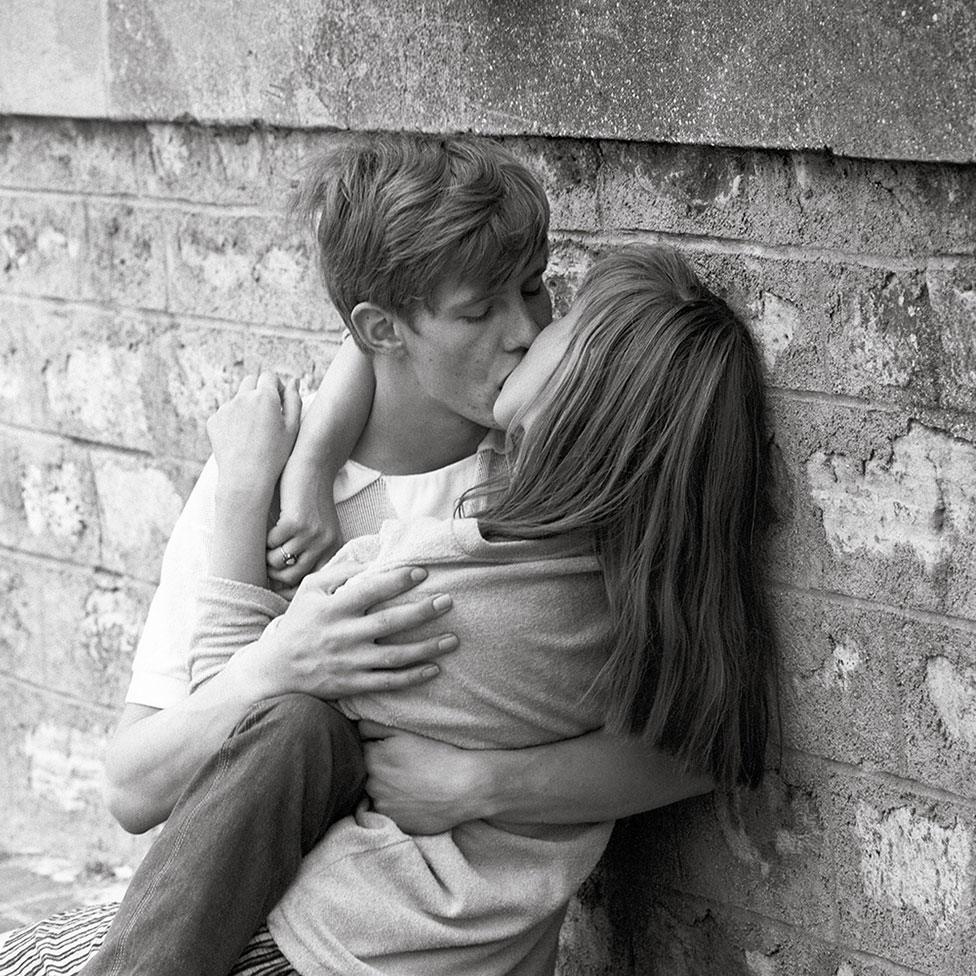
Young couple, Vert-Galant, Île de la Cité, 1961

From 1952, Almasy worked for international organisations, including the United Nations Educational, Scientific and Cultural Organization and the World Health Organization.
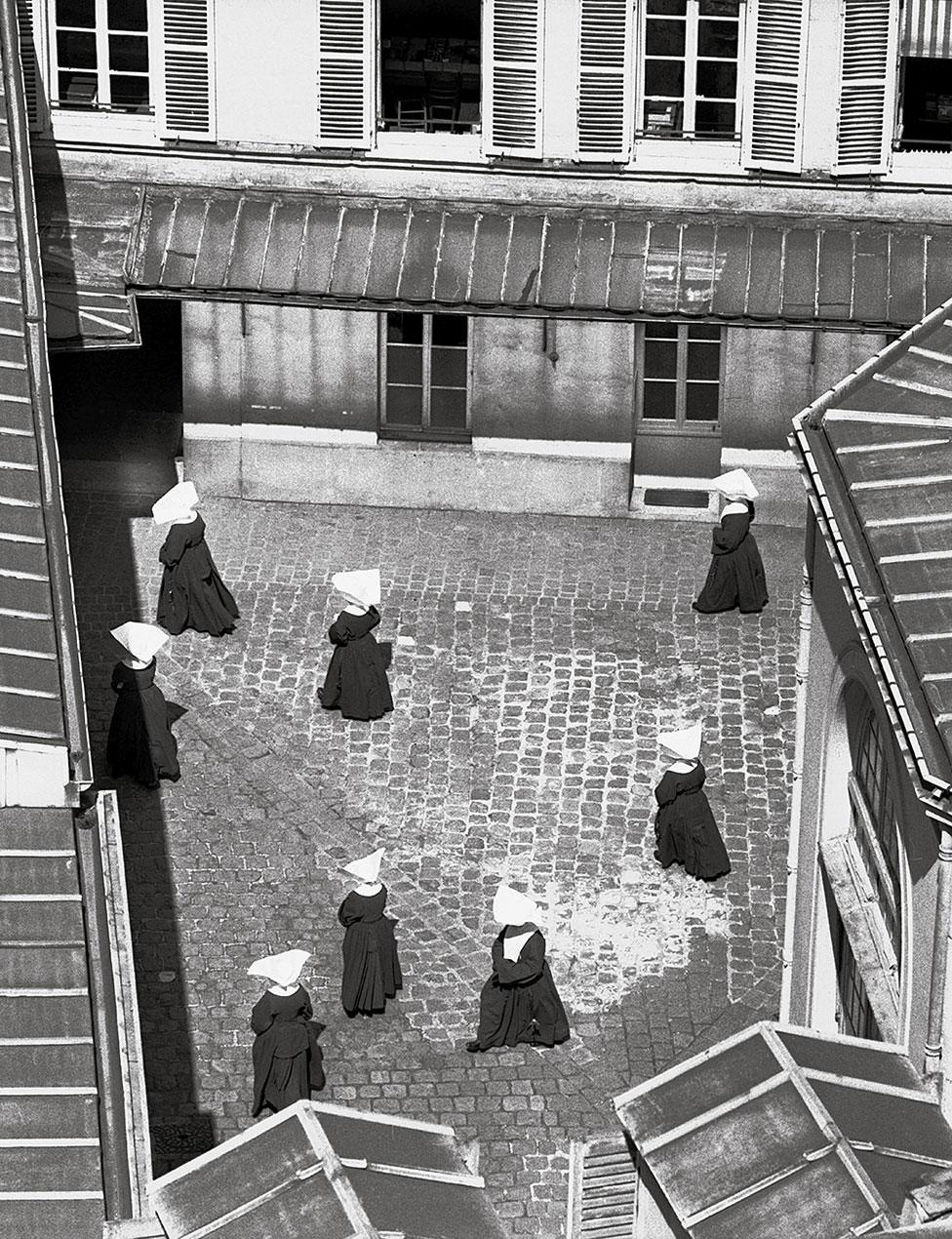
Nuns of the Order of St Vincent, 1952

A new book, Paris: The City of Light in the 50s & 60s, focuses on Almasy's photos.
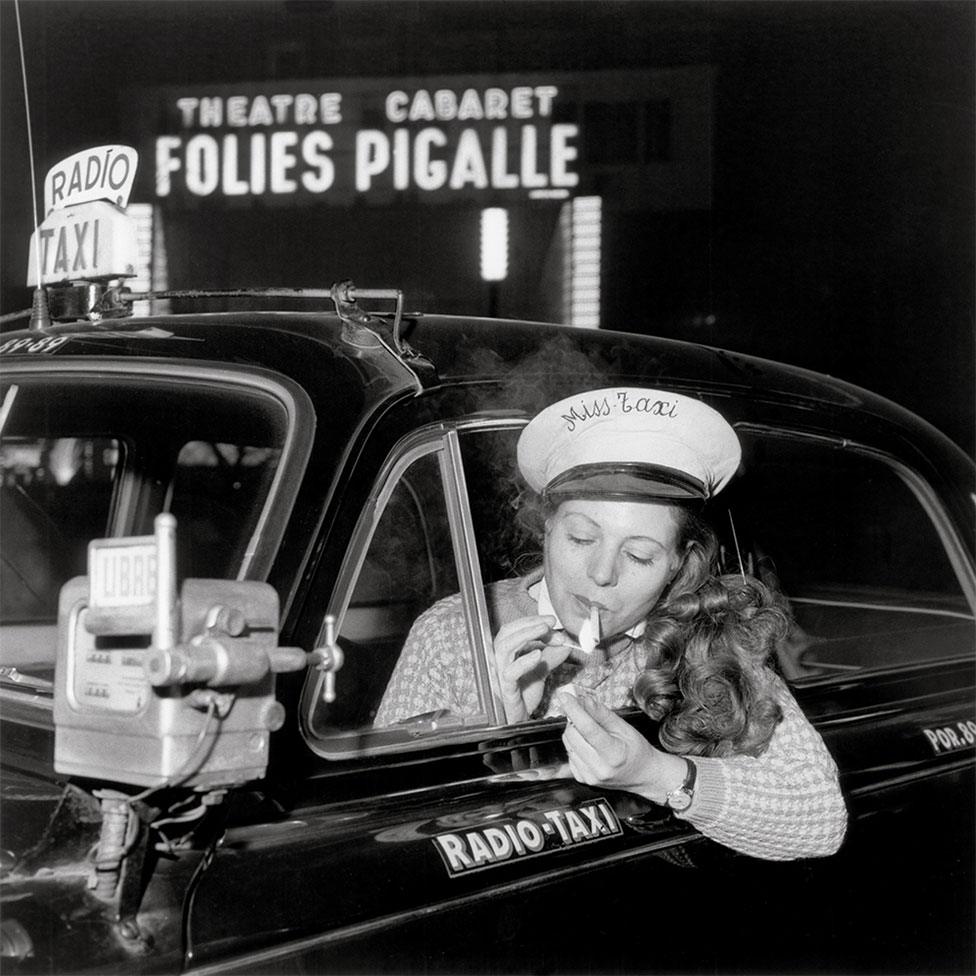
Taxi driver, Place Pigalle, 1958

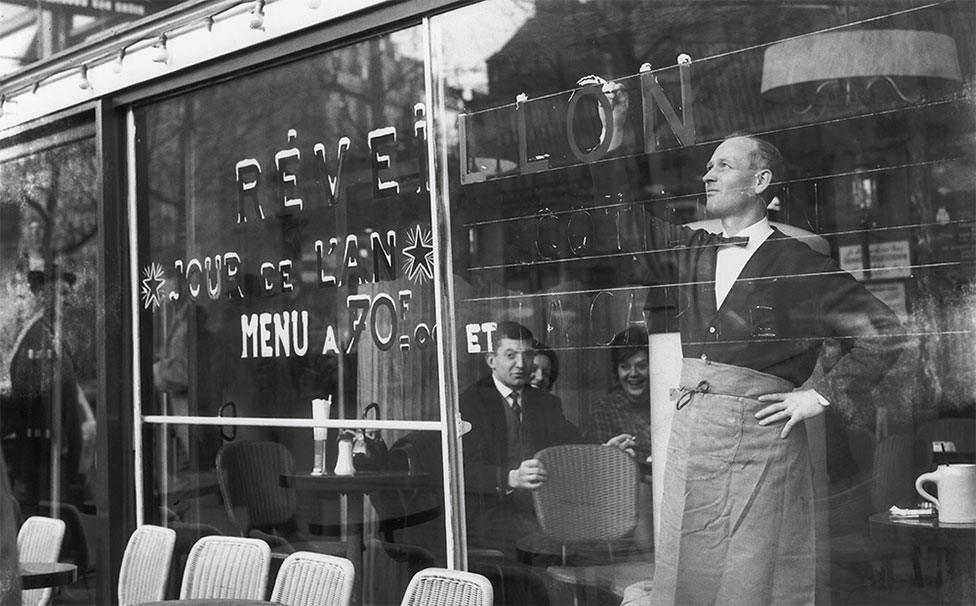
Café La Colisée, Champs-Élysées, 1956

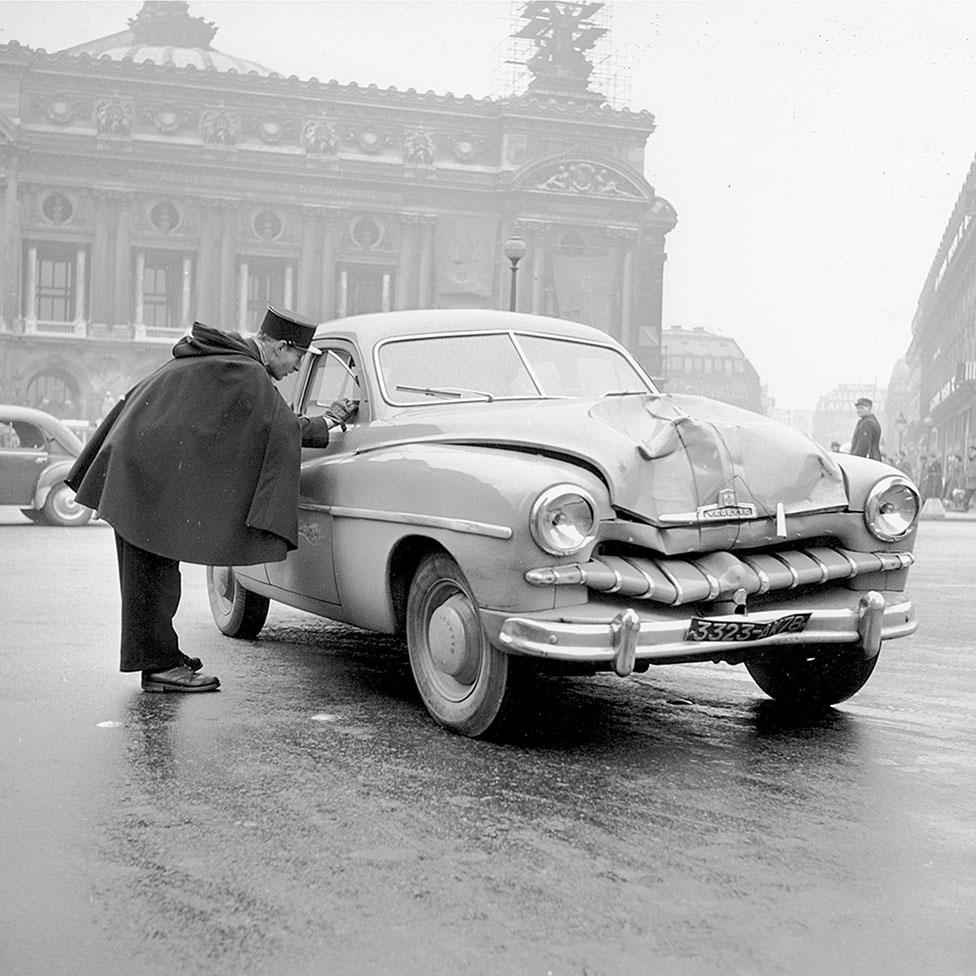
Venue de l'Opéra, 1950s

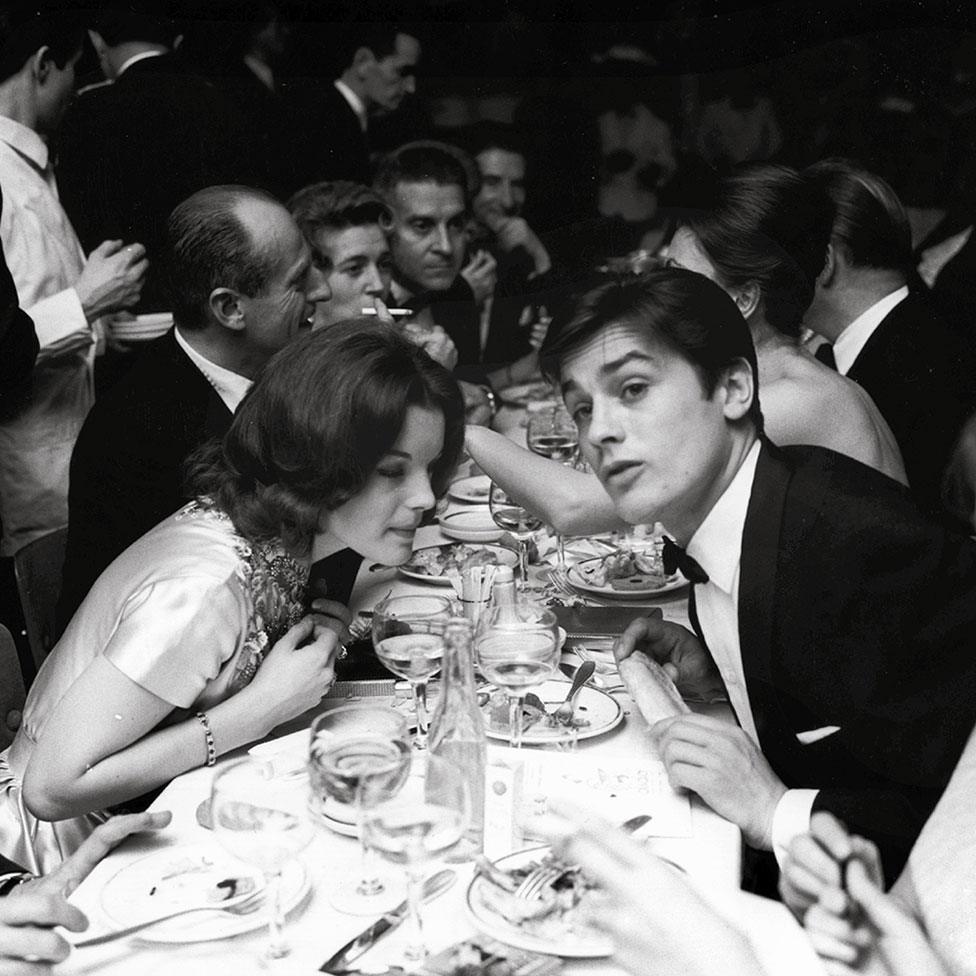
Romy Schneider and Alain Delon, 1961

The City of Light in the 50s & 60s is published by teNeues
All photographs courtesy teNeues.